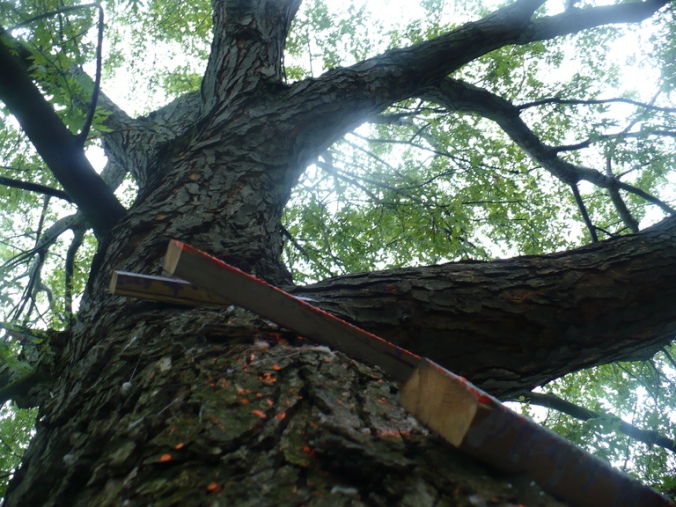
A happier vacation moment.
Like everyone else on September 11, 2001, where we were and what we were doing is locked into our memories. My family’s experience that day served to remind me that a mother’s intuition can be more powerful than the electronic devices we normally use to stay in touch.
My husband’s brother enjoyed taking our kids on short educational vacations. It was his way of contributing to their homeschool experiences while also indulging in his own love of history. For a few days that week in September he took two of our sons, then ages eight and eleven, on a learning-intensive trip from our Ohio home to Washington, D.C. He enjoyed fully documenting these trips. He took lots of photos and videos, bought commemorative items, collected every possible brochure, and had the kids call home at least twice each day to report on all they were doing. He always left a left a clear itinerary for us to follow.
On September 11, 2001 their agenda included the Pentagon and the White House.
At home with our other two children, I rhapsodized about the blue skies and lovely weather, calling it a “perfect day.” No intuition there. I wasn’t aware of the terrorist attacks until a friend called, telling me to turn on the television. I had no idea what he was talking about and asked what channel. “It doesn’t matter,” he said. “It’s on every channel.”
The moment I saw footage of the first plane hitting the Twin Towers I felt sure that there would be more devastation in more places. I phoned my brother-in-law immediately. I wanted to tell him two things. First, abort the trip, but drive home away from major population centers (I felt sure other cities would be under attack). And second, listen to the radio infrequently as possible so my boys wouldn’t be alarmed by the media coverage.
As I dialed, reports flooded in that a second plane had hit the towers. My call didn’t go through. I reached my husband at work but still couldn’t get through to my brother-in-law. My mother-in-law, who also had a copy of their itinerary, was frantic. She became even more frantic when the Pentagon was attacked. My husband left work and spent the day with her, trying to calm her fears and, like me, trying to reach his brother.
By now Flight 93 had turned over our area of Ohio. It was heading for a collision course with the White House until passengers seized control of the plane and it went down in a remote area of Pennsylvania. Three places hit. The media kept speculating about other cities under potential attack. Our phone kept ringing.
Every time a friend or family member called to discuss the unfolding horrors, I told them I needed to get off the phone in hopes my brother-in-law might get through. And each time they reacted with a great deal more alarm than I felt. Suddenly they knew two little boys who very well might have been at the Pentagon when it was attacked and who were still unaccounted for on this tragic day.
Their reactions, which should have increased my anxiety, didn’t. Although I was as overwhelmed as anyone by what felt like a day out of time, I was completely sure that my sons and their uncle were fine. I knew my brother-in-law would rise to the crisis. This wasn’t in keeping with my worry-prone personality but something, maybe a mother’s intuition, told me they were safe and would be home. Each time I talked to my husband we assured each other that our boys would be fine. I tried to talk to my mother-in-law but she could only cry on the phone. Even before I heard from my missing family members, I began to fear that my country might retaliate and more lives would be lost.
Hours dragged by. Each time we tried to call my brother-in-law we got the same recorded message: “all circuits are busy.”
It wasn’t until late that afternoon, more than six hours after the first attack of 9/11, that we finally heard from my brother-in-law. He’d found a pay phone and managed to get a call through, landline to landline. The connection wasn’t good but it was clear they were safe, on the road, and would be driving until they made it back.
It wasn’t until they were much older that my boys understood the tragic magnitude of 9/11. Their memories have more to do with a trip cut short, a crowded metro, and very serious grown-ups. I don’t believe their uncle ever gave them videos or pictures from that trip either. If only we could unmake a day that easily.












